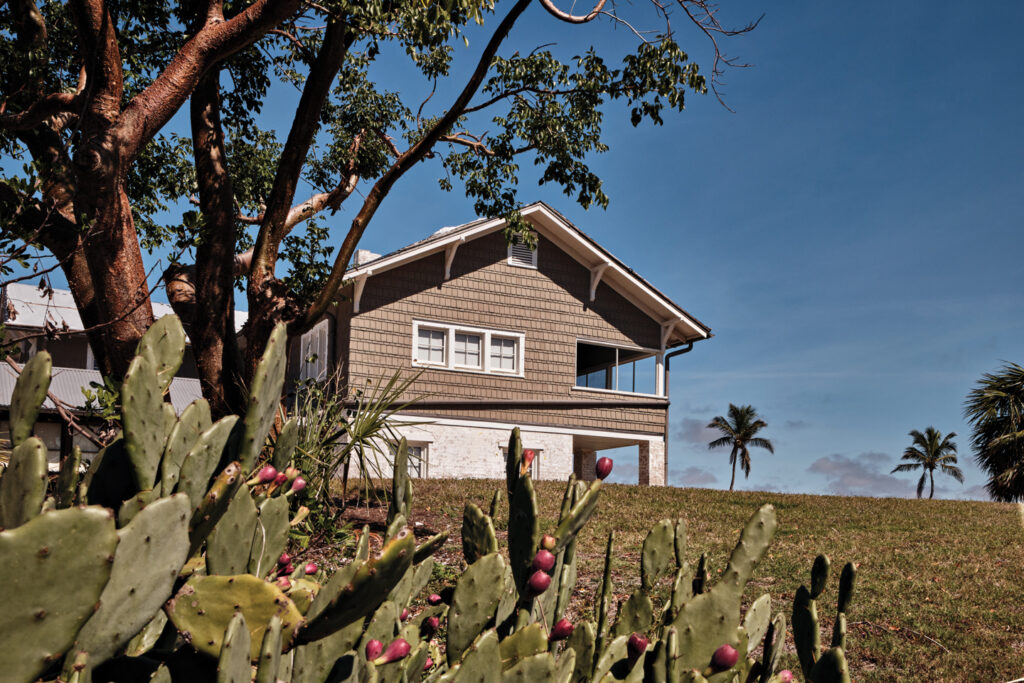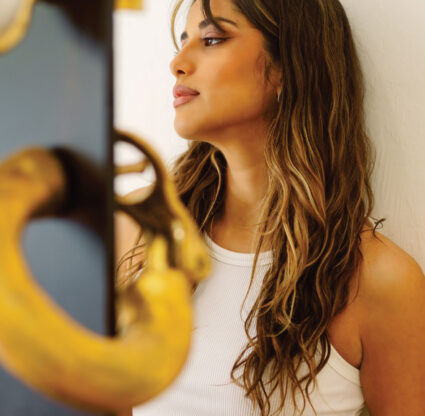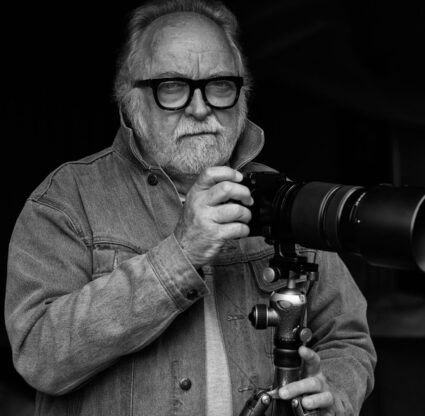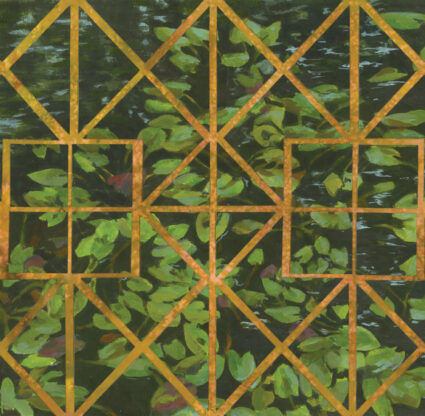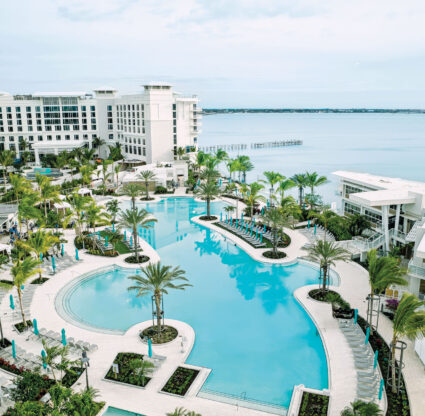Humidity coaxes curls of steam off Estero Bay along the east side of the Mound House, on Fort Myers Beach, as Adam Knight, the museum’s education coordinator, meets me on the front lawn. “It may seem innocent to pick up a shell,” they say, gesturing across the lawn we’re surveying. “But you’re removing part of human history. That shell was important—a tool to help elevate the village; someone placed it there.”
At first glance, the Mound House might appear simply as a century-old home and museum. But the 3-acre property—which includes a kayak launch, boardwalk and walkable waterside park—encompasses an ancient shell mound, or midden, built up through the centuries by the Calusa, the Indigenous people of Southwest Florida and the Everglades. “The site started its occupation 2,000 years ago, but the Calusa only lived here until around 1,100 A.D.,” Adam says. “Give or take 200 years.”
The former lead site historian at the Edison & Ford Winter Estates—armed with a master’s degree in museology and museum studies from Johns Hopkins University—designs and carries out all aspects of the Mound House’s educational calendar. “There’s a joke in museums that we wear many hats, and that’s especially true of a small museum like the Mound House,” Adam says. They’re a bridge between the site’s archaeologists and the public, researching the site’s history and recent excavations, and sharing their findings through the many family programs, festivals, late-night events and kayak ecotours that they single-handedly plan and lead. Adam’s research and how they share it with visitors is all the more crucial as the museum doesn’t have a formally designated curator on staff. I can attest to their patience as an educator: When we meet, Adam teaches me how to use an atlatl, or spear-throwing lever favored by the Calusa (though my erratic aim isn’t nearly as precise as Adam’s).
Much of Adam’s programming focuses on filling in the unknown 700 years between the Calusa and the Americans who began flocking to Florida in the 19th century. The Puerto Rican educator is particularly drawn to the Mound House’s rich Hispanic history. “A lot of people think Florida’s Latino history starts with the Mariel boatlift in the 1980s,” they say, noting that Cuban fishers began settling around the Mound House in the 1700s. “The Mound House is also a site of Hispanic heritage, with people here speaking Spanish and trading back and forth with Cuba.” Inside the house, display cases are filled with the fishers’ artifacts, and Adam’s organized a new series of Latino History tours to amplify these lesser-known stories. I make a mental note to bring my mother, who’s from Havana, to the next one.
Adam tells me that by the early 1800s, the fishing trade faded, and the area began seeing an influx of North American settlers. In 1906, New Englander William H. Case acquired the Estero Bay-facing land and built a modest cottage; captain Jack DeLysle, a casino operator, bought the property in 1921 and transformed the home into the arts and crafts house visitors see today. Then, in the 1950s, the Long family moved in and built a pool—to the detriment of much of the midden. “Removing artifacts is like taking a page out of a book,” Adam says. “The swimming pool and equipment used to construct it ripped a page out of that book.”
Adam walks me along a path that arcs below the southwestern corner of the home to Stories Beneath Our Feet, an underground exhibition where a cutaway of the midden reveals its strata, formed over millennia. Exposed when the old pool was removed in the early 2000s, the dynamic gallery is illuminated to identify the layers of uniformly compressed shell fragments. “Archaeologists rarely excavate more than 100 centimeters down, much less to the pool’s depth of 13 feet,” Adam says. “It was a chance to see everything from the origins to the abandonment of the site, but what we’re focused on now is preserving.”
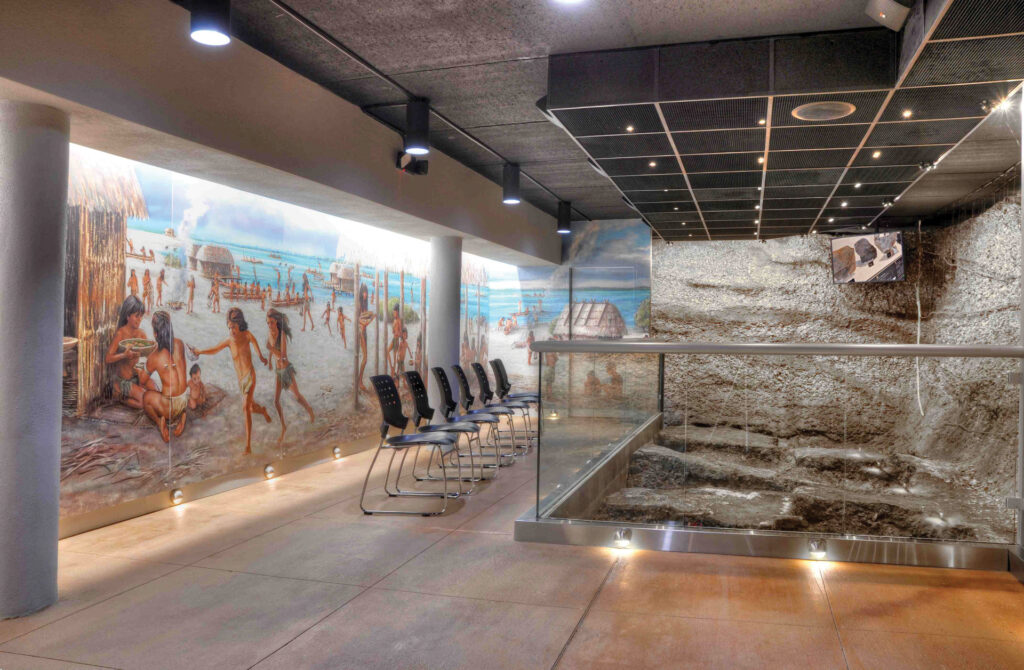
Last September, the Mound House—in partnership with the University of Florida, the University of Georgia, the Florida Public Archaeology Network and the Seminole Tribe of Florida—completed an ambitious conservation effort to stabilize the lower layer of shells and catalog data from the midden. Serendipitously, the project was completed just days before Hurricane Ian struck. The exhibition’s doors miraculously kept out most of the flooding, and Stories Beneath Our Feet experienced minimal damage. Once the archaeologists’ data is available, it’ll be passed along to Adam to integrate its new findings into the museum’s educational programming.
“You can’t talk about a society or people or culture without their interaction with the land,” Adam says. In returning the mound to the natural state the Calusa cultivated, the museum reintroduced native vegetation and drainage to the property. “When storm surge covered the entirety of the mound, the plants were able to sustain being submerged in that salt water for hours. Mangroves surround the entirety of the peninsula and stopped debris from causing further damage,” Adam explains. Though the Mound House’s structures sustained enough damage to necessitate closing the museum for months, the site’s survival—especially given the devastation and total losses surrounding it on Fort Myers Beach—is a testament to the Calusa’s ingenuity.
Adam’s workload hasn’t lightened as a result of the Mound House’s temporary closure; if anything, it’s ramped up. They’re relaunching social media outreach, retraining volunteers, reestablishing a full calendar of programming and hosting Florida Gulf Coast University’s summer colloquium students. “I hope as Southwest Florida recovers, we can look back at sites like this to help build a more sustainable future,” Adam says.

